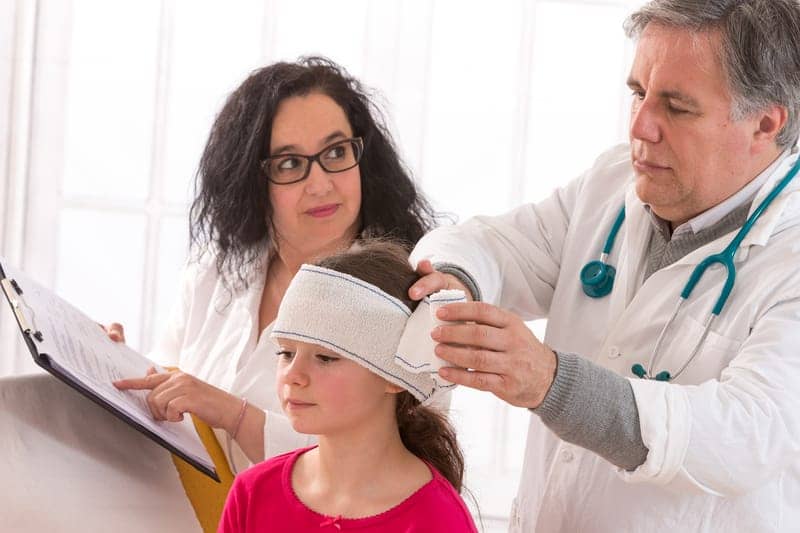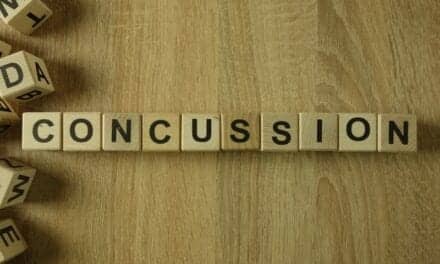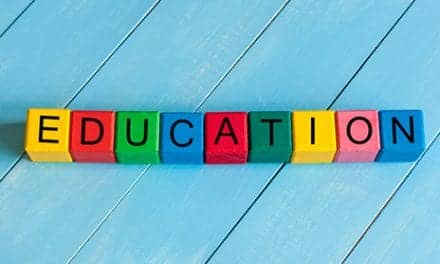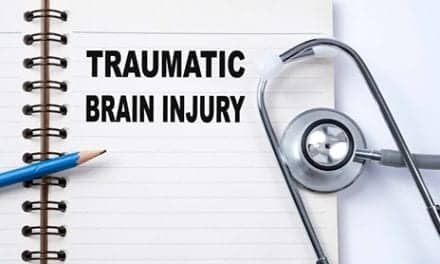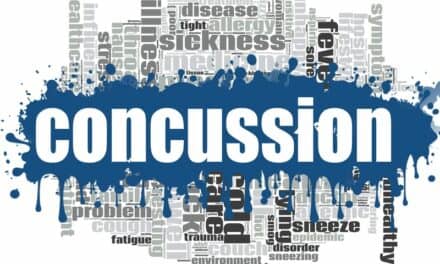Concussions, a form of traumatic brain injury affecting approximately 2 million children under 18 in the United States, can have adverse effects on physical, cognitive, emotional, and sleep health. Most parents and clinicians agree that it is difficult to determine when children have regained full cognitive function post-concussion. A new device to improve kids’ concussion recovery could change that.
Help from a Grant
Asimina Kiourti, associate professor in electrical and computer engineering at The Ohio State University, and Ginger Yang, principal investigator at the Center for Injury Research and Policy at Abigail Wexner Research Institute, Nationwide Children’s Hospital, recently received a three-year, $500,000 grant from the National Science Foundation (NSF) to measure cognitive workload with a wearable sensor to monitor how children recover from a brain injury.
The effects of cognitive activity on pediatric concussion recovery are currently not well characterized, largely due to the difficulties in quantifying cognitive activity workload, which refers to the level of mental effort put forth by an individual in response to a task. Unfortunately, no technology exists that can monitor an individual’s levels of cognitive workload in real-world environments using a seamless, reliable, and low-cost approach.
“A seed grant from Ohio State’s Chronic Brain Injury Discovery Theme jump-started this collaboration,” said Kiourti, faculty affiliate of the ElectroScience Laboratory (ESL) and the Chronic Brain Injury program. “Through this interdisciplinary collaboration, we identified critical gaps in the state-of-the-art of cognitive workload monitoring. To date, no wearable sensor exists that can seamlessly and reliably quantify workload in the individual’s real-world environment.”
Returning to Activities Too Early Affects Concussion Recovery
“For children with concussions, symptoms can last from a few days to a month, which can possibly affect cognitive function as well as return to school,” said Yang. “The problem in determining when to resume normal activities is that children cannot always accurately report their symptoms, which leads to a trial-and-error approach instead.”
Returning to the classroom too soon can worsen symptoms, so it is critical to understand when cognitive function has been fully regained following a concussion.
Measuring Cognitive Function with Wearable Sensor
This research aims to monitor cognitive workload using a wearable cyber-physical system (CPS) with a novel magnetocardiography (MCG) sensor. Built by Kiourti and her team, the MCG sensor is the first of its kind in a wearable form and is worn on a person’s chest to collect the magnetic fields that are naturally emanated by the heart and associated with brain activity. The CPS system will send real-time alerts based on a child’s brain activity to know the range of levels of cognitive workload they should be exposed to.
The use of a wearable CPS can provide data to guide the clinician’s decisions regarding personalized concussion recovery and, ultimately, when it is optimal time for kids with concussions to resume normal activities. The portable device could be worn as a child begins a return to activity to collect data on their cognitive activity and send alerts in real-time to know if a child is doing more than their brain is ready for.
Kiourti and her team will lead the work to understand the performance of the MCG sensor in real-world settings. Yang will lead the experimentation and evaluation of the sensor by monitoring kids’ cognitive activity. Md Asiful Islam, an associate professor at the Bangladesh University of Engineering and Technology and a former visiting scholar at ESL, will consult both teams on the classification of cognitive workload data from the sensor.
While this research aims to accelerate progress in pediatric concussion recovery, it also could have applications in other diverse disciplines, including pilot training, user-machine interfaces, human performance in risky missions, and education outcomes.
Featured photo: Dreamstime

